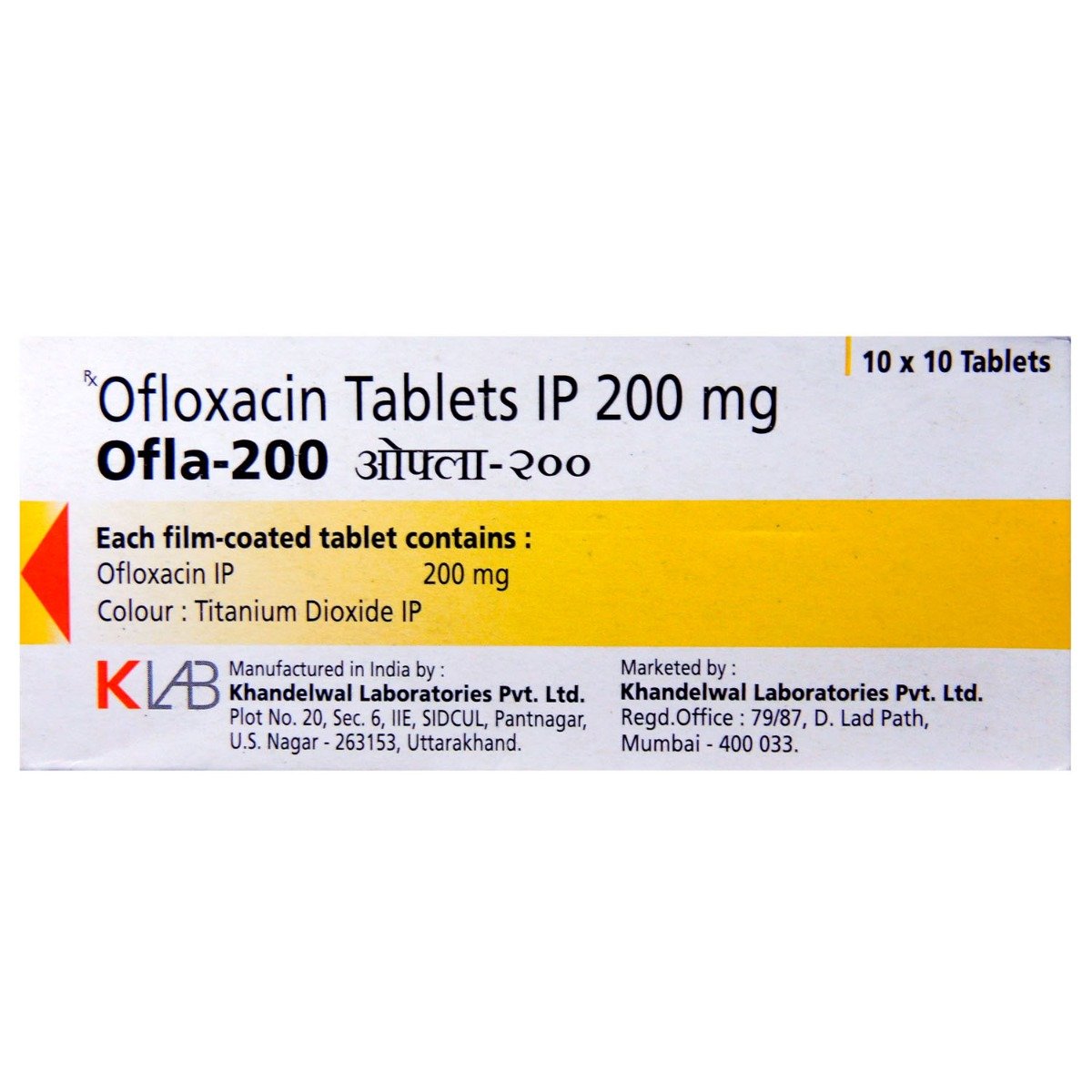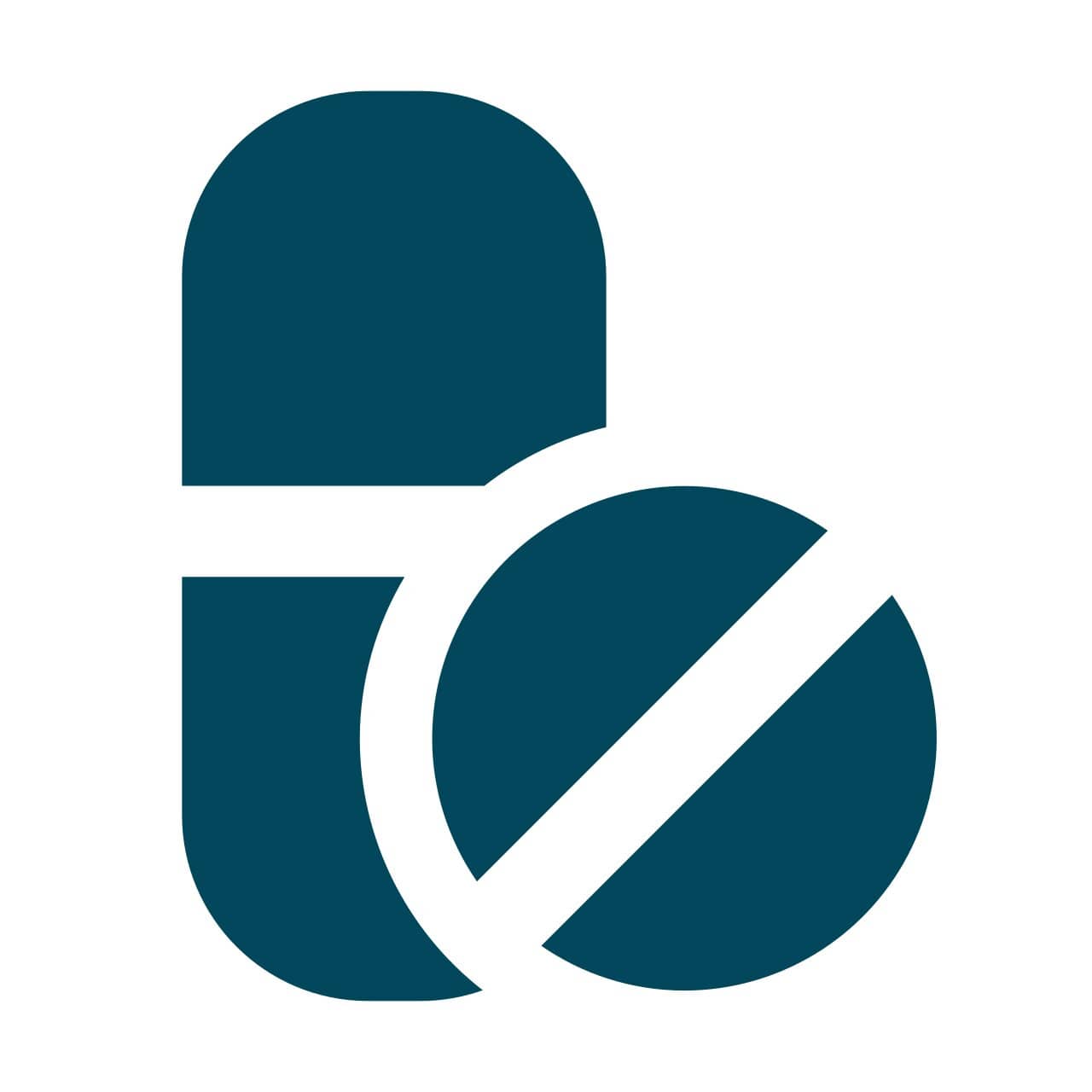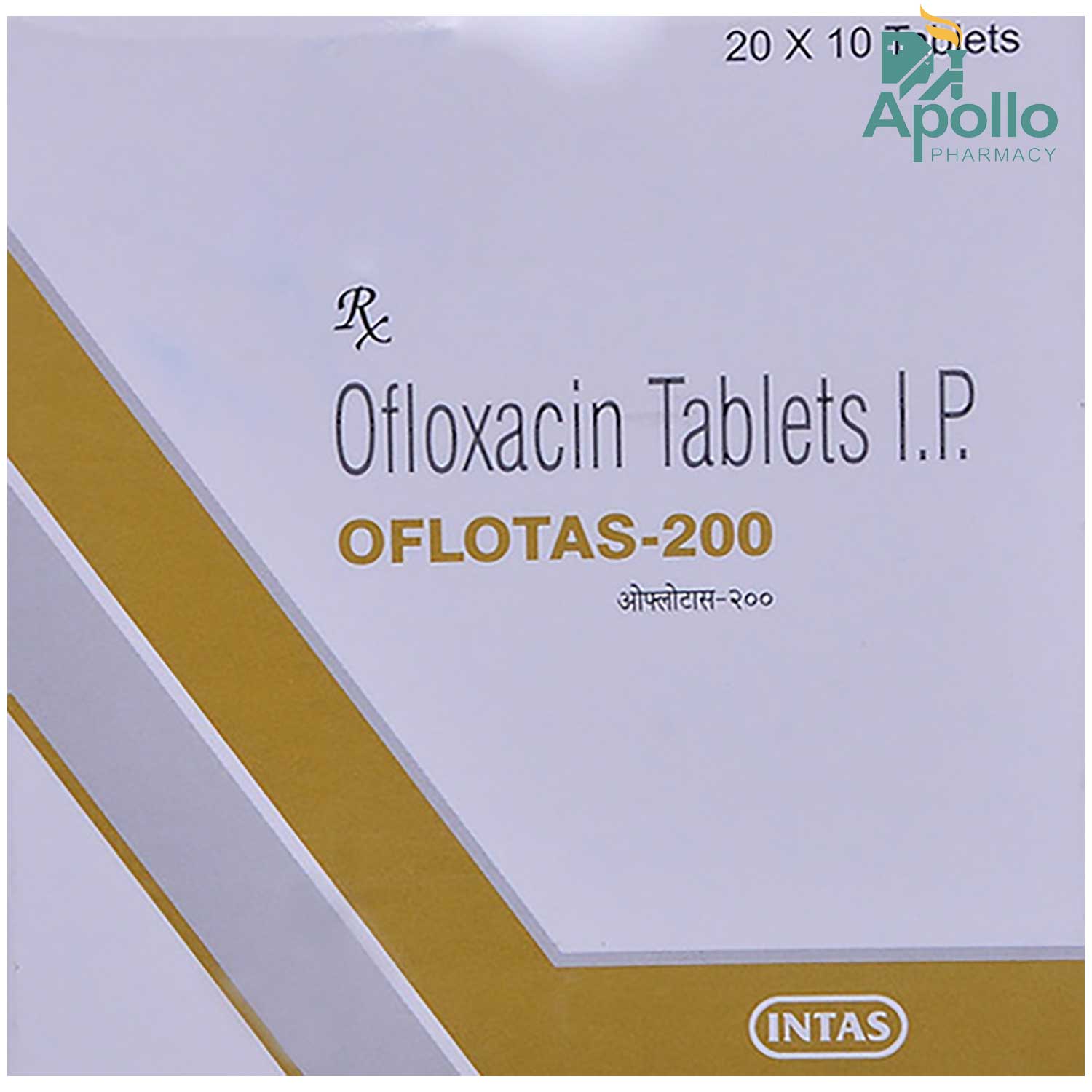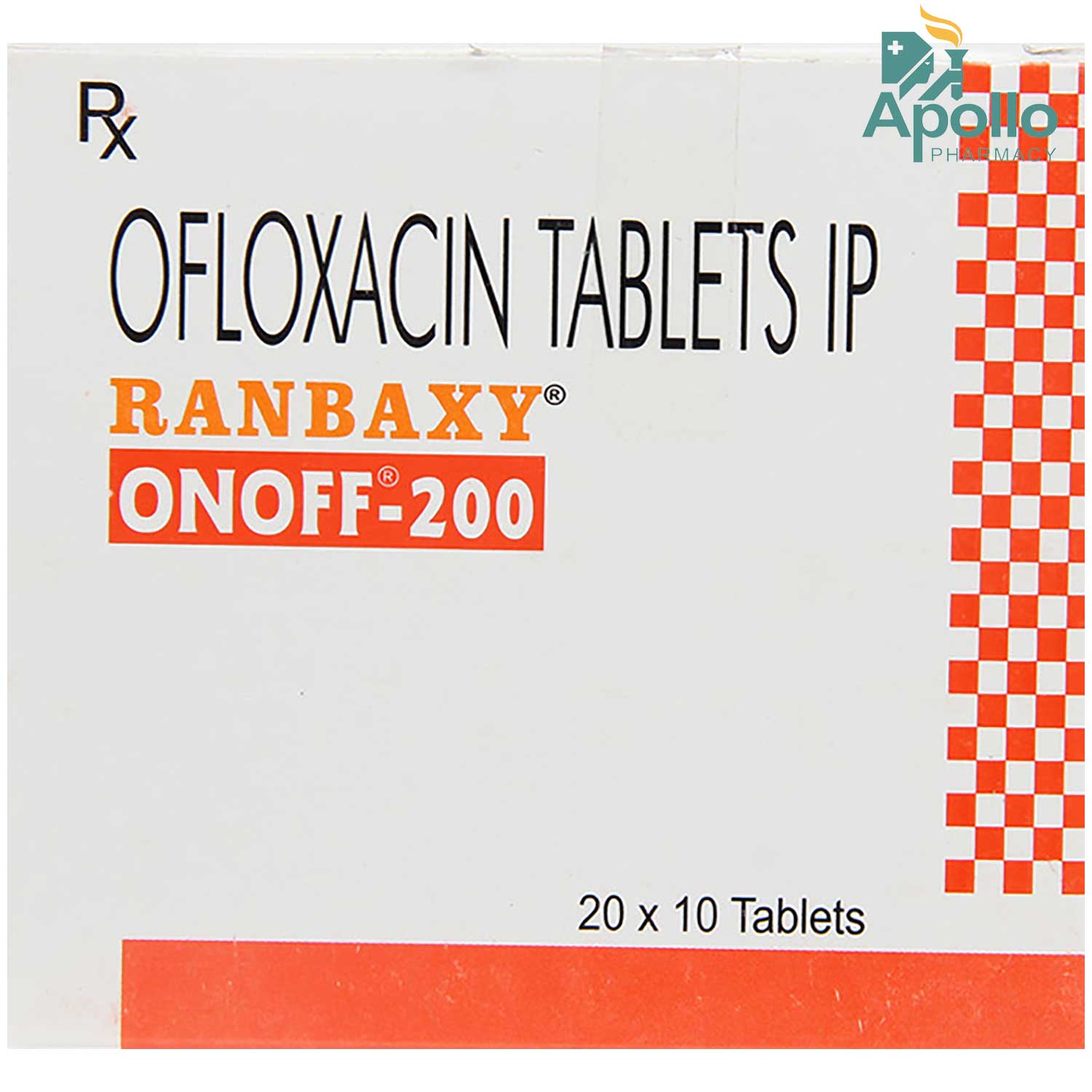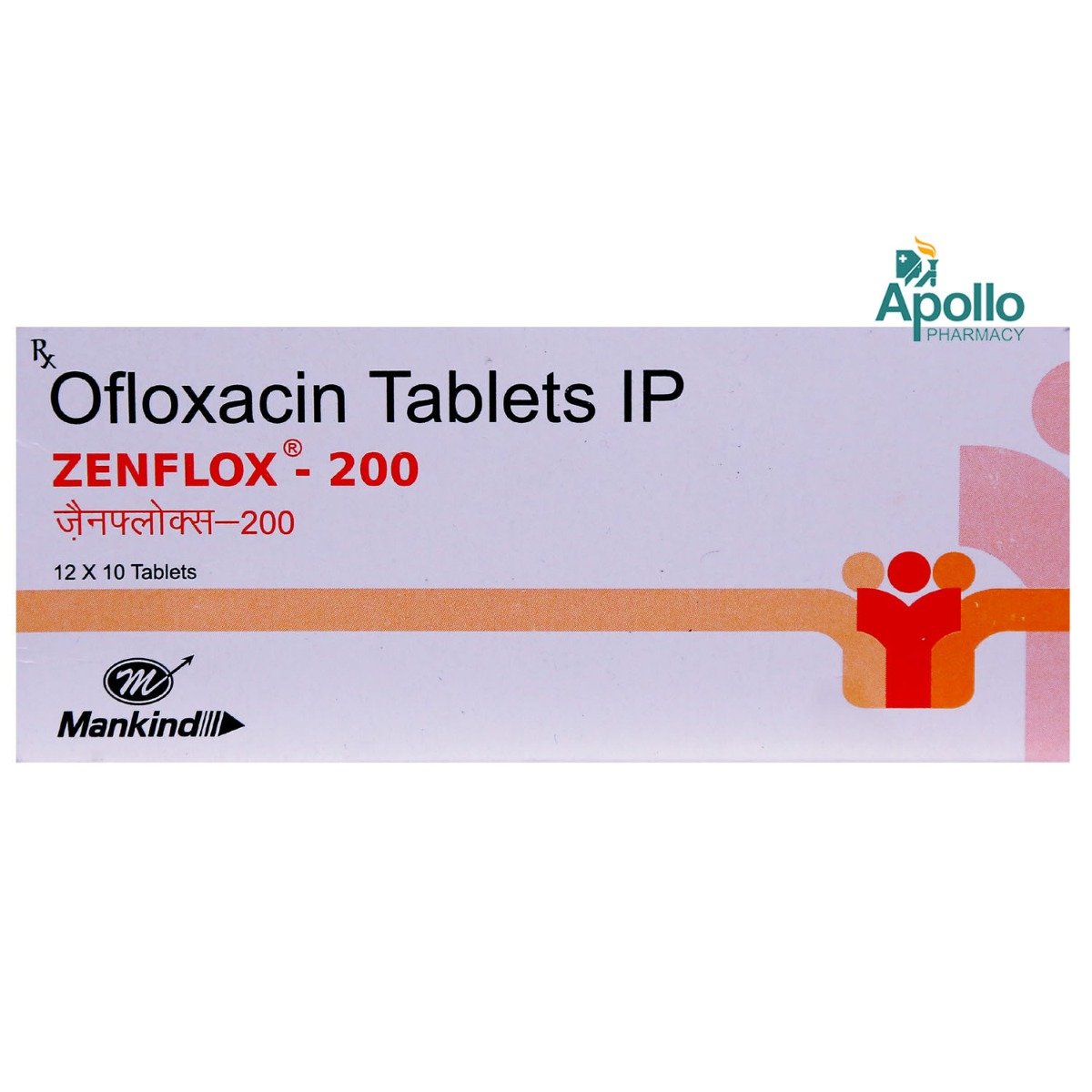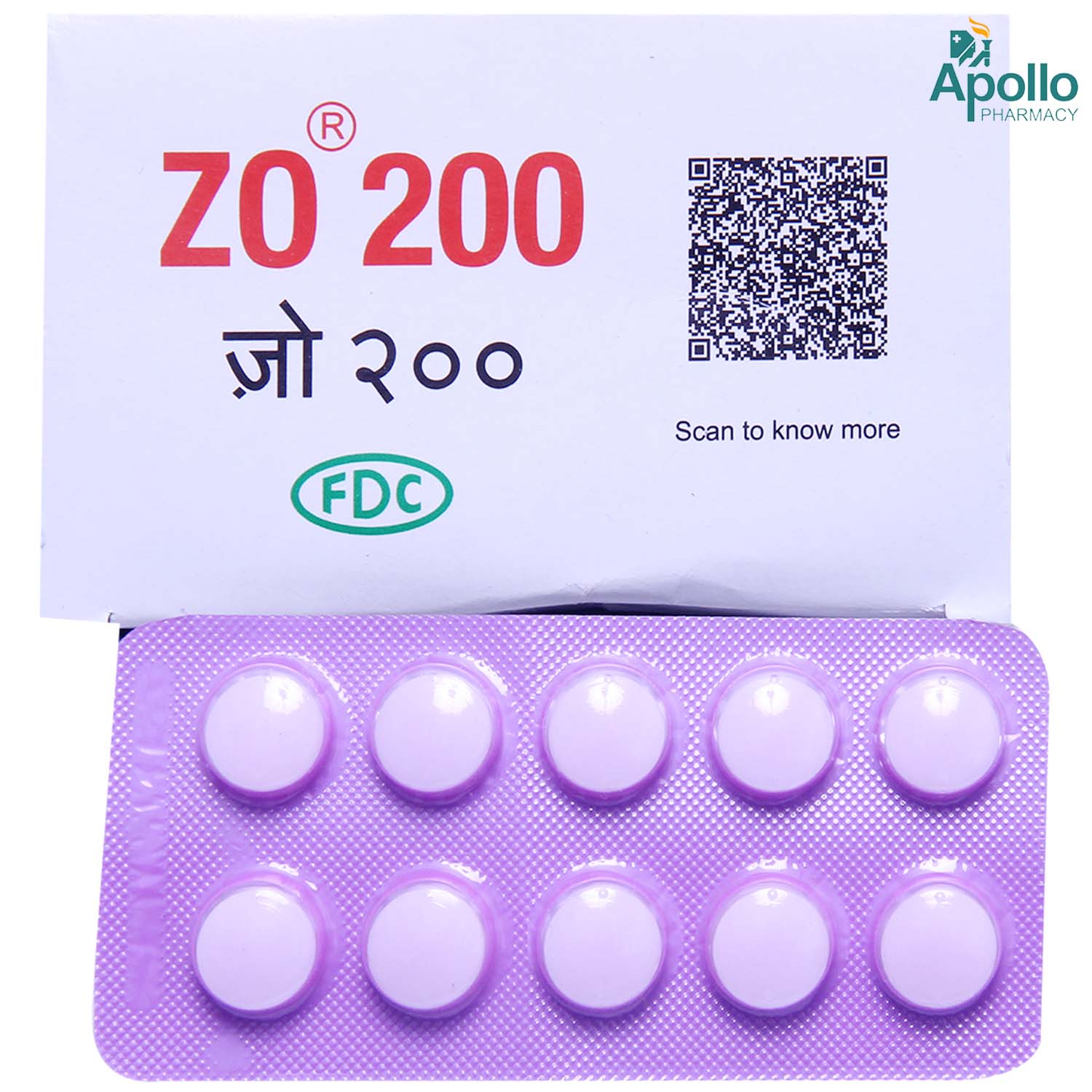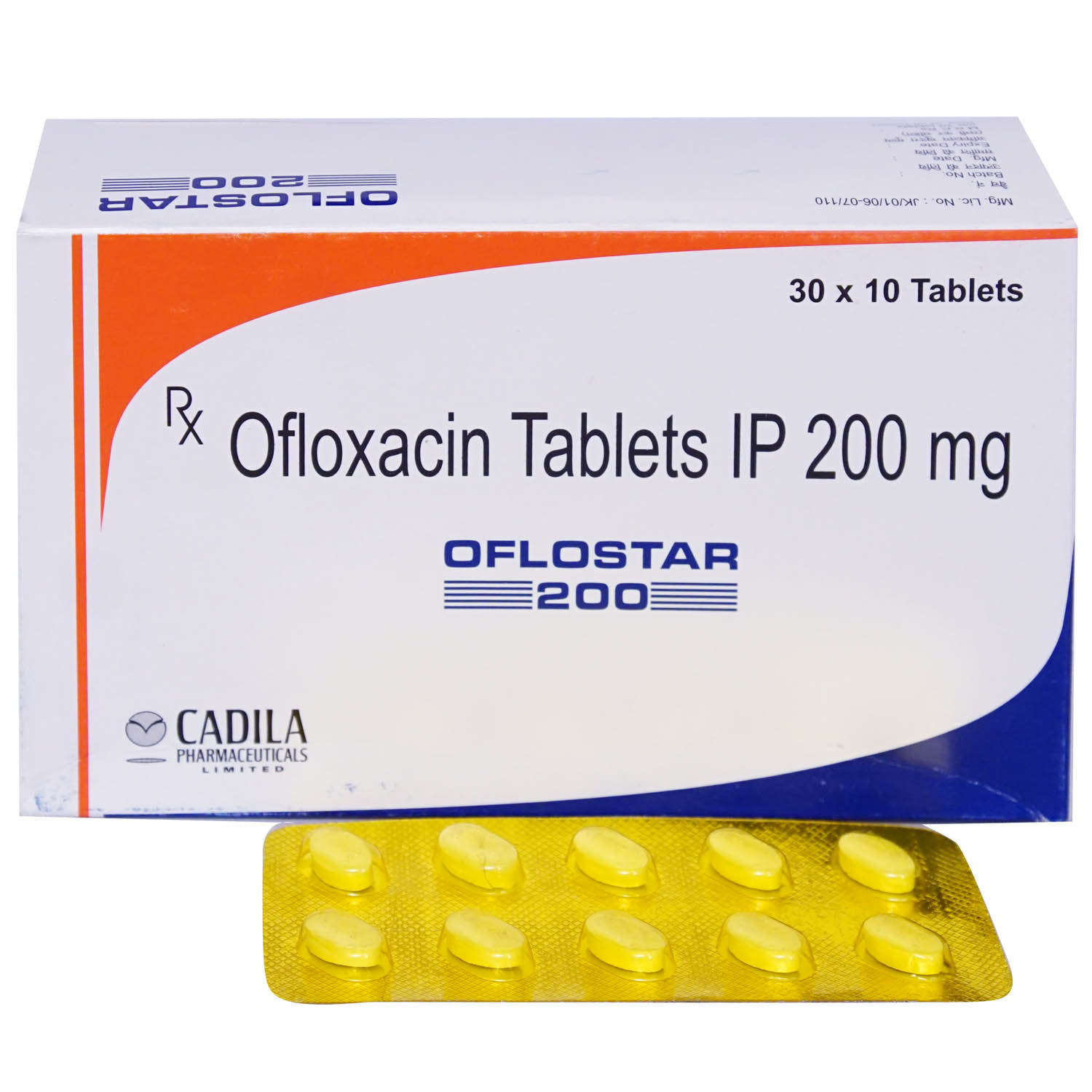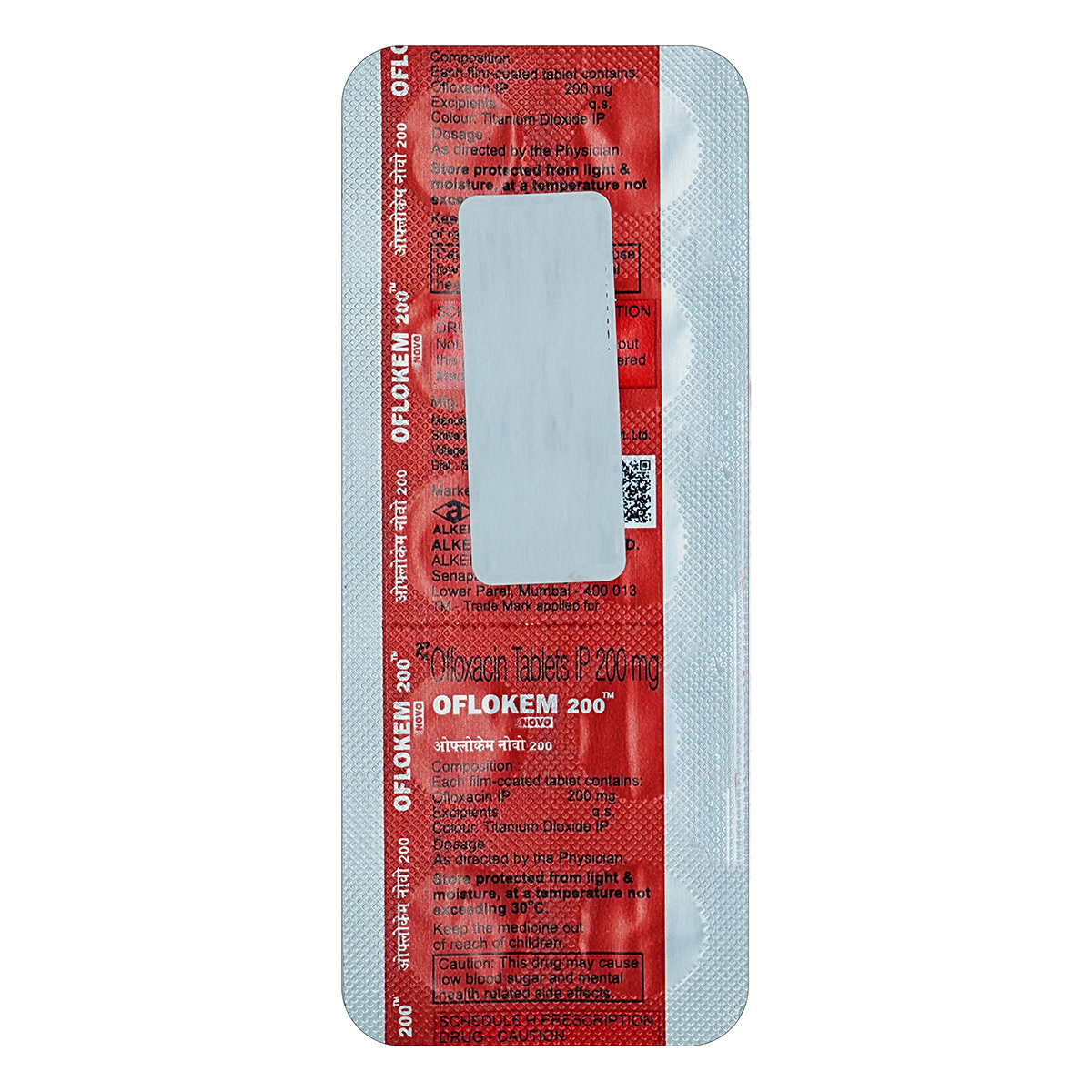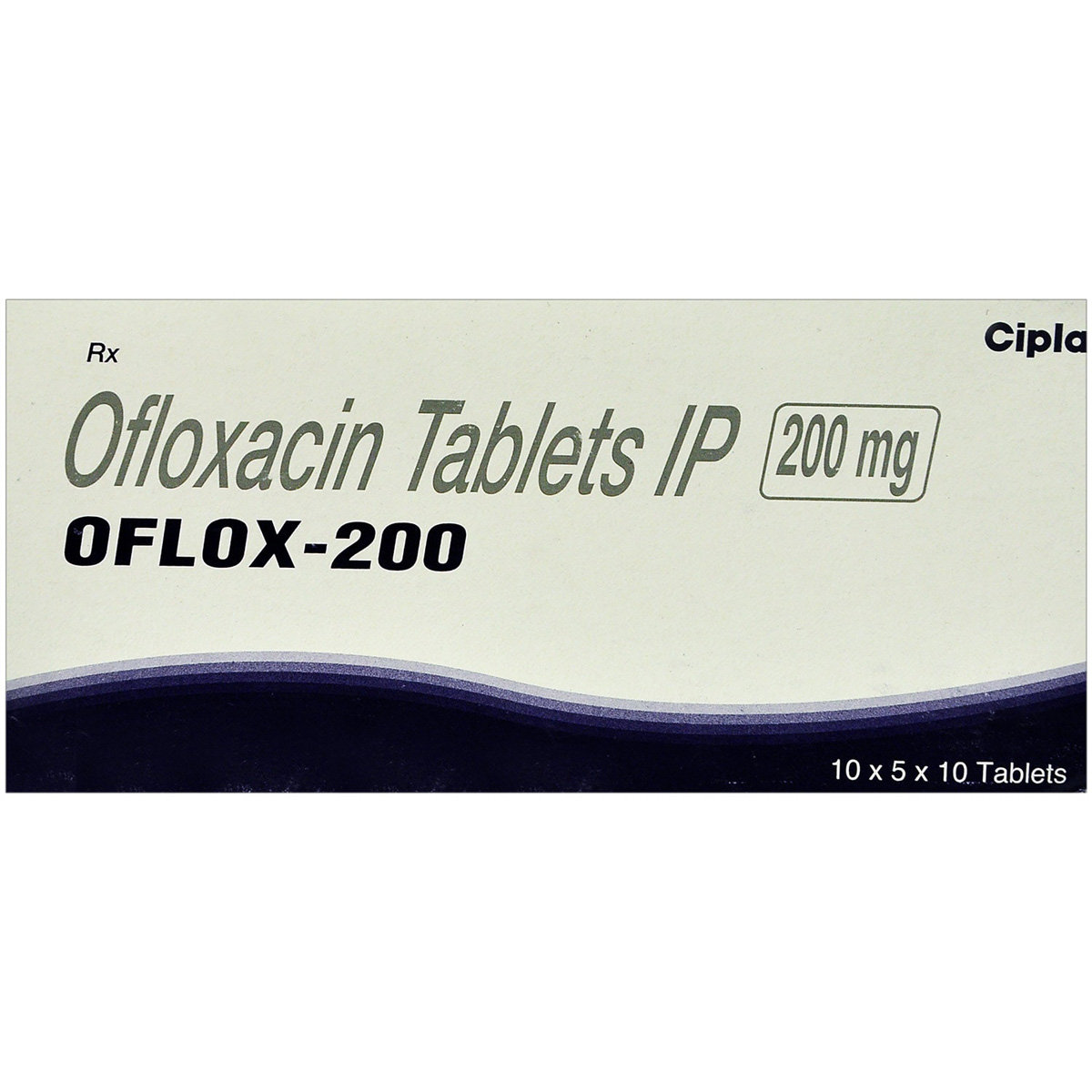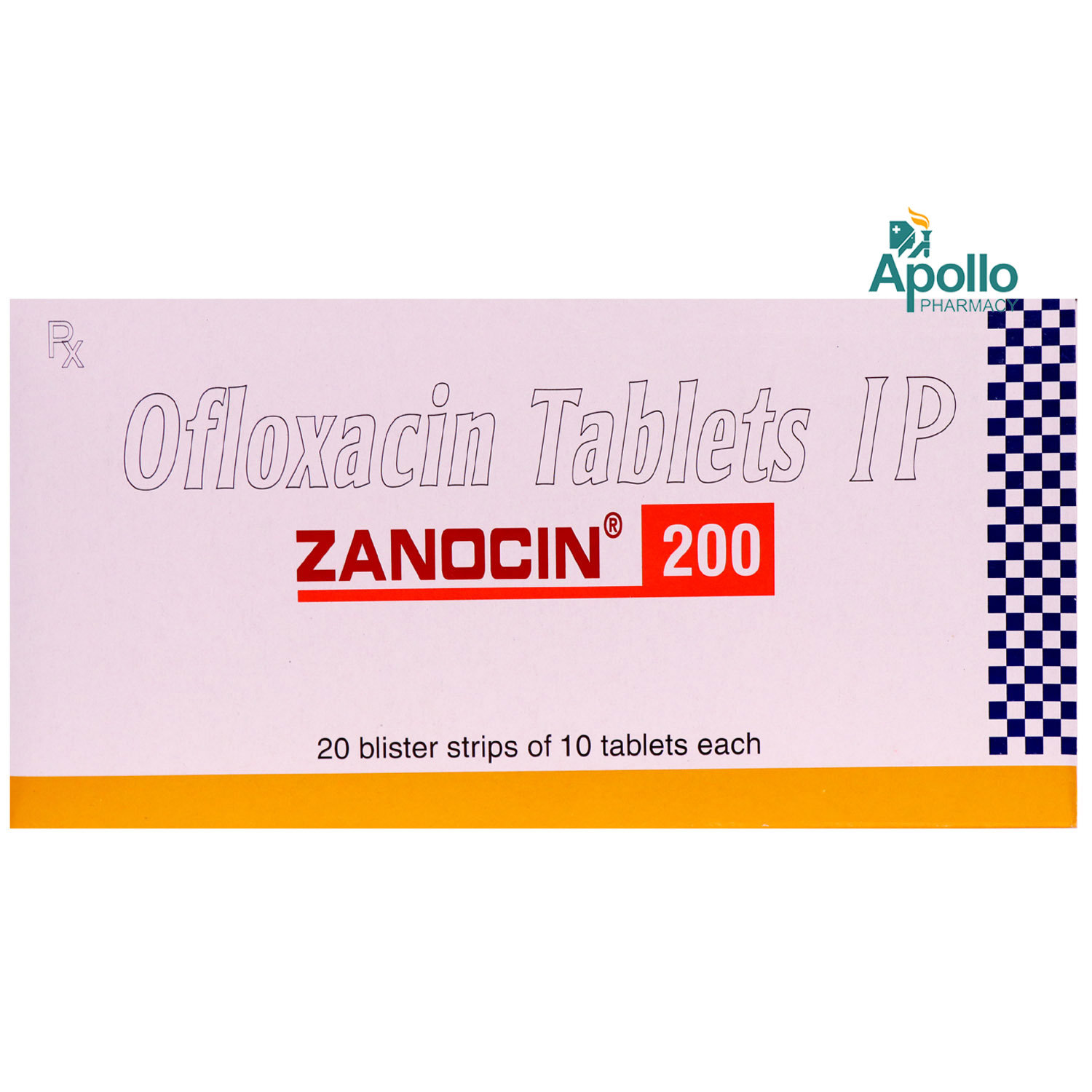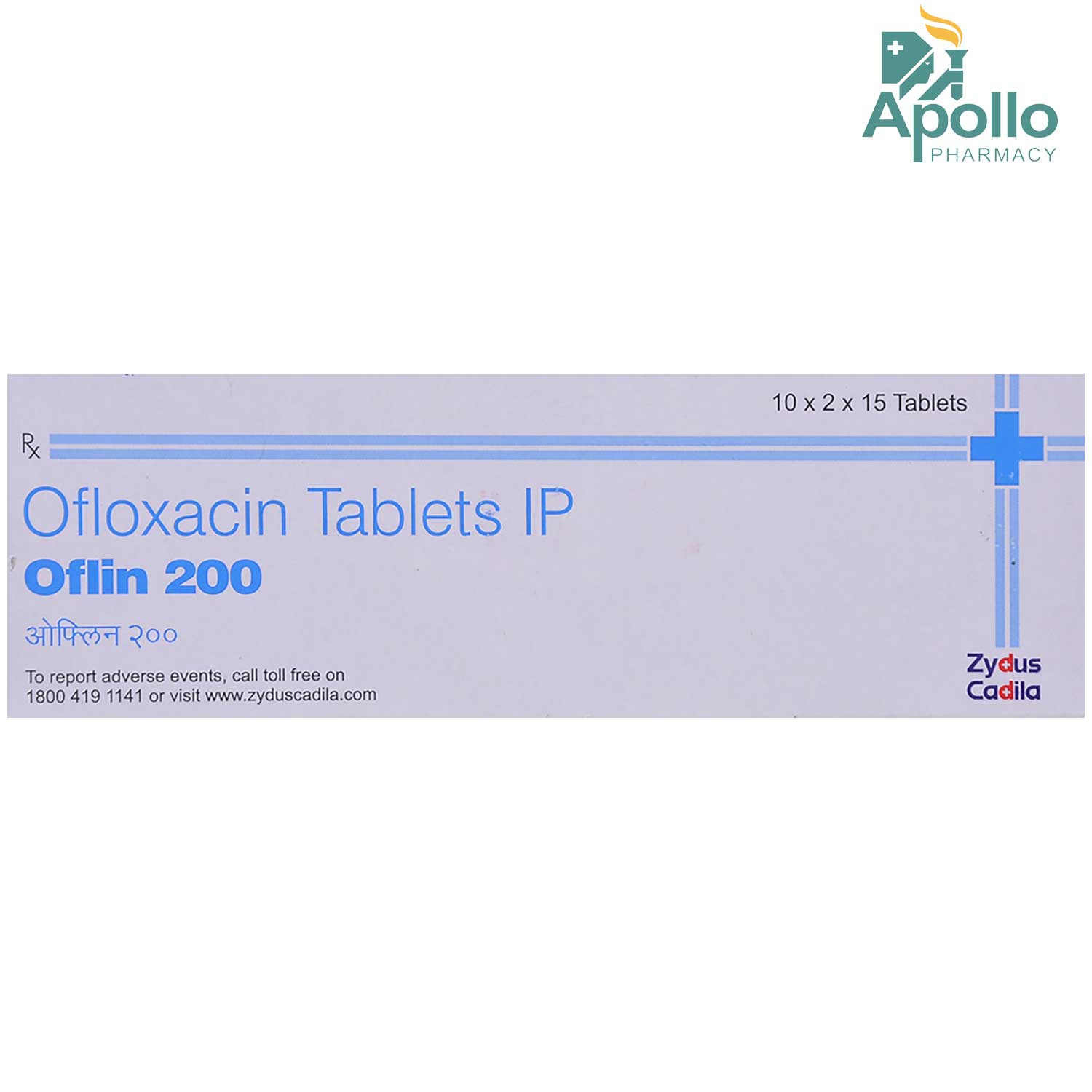Kadcef-O Tablet 10's


MRP ₹180
(Inclusive of all Taxes)
₹27.0 Cashback (15%)
Provide Delivery Location
Online payment accepted
 Prescription drug
Prescription drugWhats That
Composition :
Manufacturer/Marketer :
Consume Type :
Expires on or after :
Return Policy :
About Kadcef-O Tablet
Kadcef-O Tablet contains a class of antibiotics known as fluoroquinolones, primarily used to treat infections caused by bacteria including pneumonia, gonorrhoea (a sexually transmitted disease), typhoid fever, infectious diarrhoea, and infections of the skin, eye/ear, bone, joint, abdomen, and prostate (male reproductive gland). A bacterial infection is a condition in which bacteria grow in the body and cause infection. It can target any body part and multiple very quickly.
Kadcef-O Tablet contains antibacterial Ofloxacin, which helps in treating and preventing a wide range of bacterial infections. It is bactericidal and works by killing bacteria that cause infections. It inhibits the repairing of bacterial cells and kills the bacteria, thereby preventing the further spread of the infection. Kadcef-O Tablet is a broad-spectrum antibiotic against most Gram-negative bacteria, many Gram-positive bacteria and some anaerobes bacteria (that live without oxygen).
Kadcef-O Tablet should be taken in the dose and duration as advised by your doctor. It is advised to take with food and be taken at a fixed time to achieve maximum effect. Do not take Kadcef-O Tablet with dairy products as it may lower its efficacy. You may experience sleep problems, headache, dizziness, nausea, vomiting, diarrhoea, itching, external genital itching in women, vaginal inflammation (vaginitis) and taste changes in some cases. Most of these side effects of Kadcef-O Tablet do not require medical attention and gradually resolve over time. However, if the side effects are persistent, reach out to your doctor. If you experience any allergic reaction symptoms such as rashes, itching, swelling, or shortness of breath, immediately contact the doctor.
Inform your doctor if you have any lung disease, muscle weakness (myasthenia gravis), sleeping disorder or difficulty sleeping (sleep apnoea), severe liver disease, or problem with alcohol or other prescription recreational drugs. Inform your doctor if you are planning to get pregnant, are pregnant, or breastfeeding. Use of Kadcef-O Tablet is associated with an increased risk of tendinitis and tendon (tough tissue that connects muscle to bone) rupture in all ages. People taking Kadcef-O Tablet who are over 60 years are at high risk, especially those who are taking any anti-allergic medicines like corticosteroid drugs. Kadcef-O Tablet is contraindicated in people with kidney/heart diseases, and for those who have had lung transplant should its use is not recommended.
Uses of Kadcef-O Tablet
Directions for Use
Key Benefits
Kadcef-O Tablet contains the antibiotic Ofloxacin, which helps in treating and preventing a wide range of bacterial infections caused by most Gram-negative bacteria, many Gram-positive bacteria, and some anaerobes bacteria (that live without oxygen). It is bactericidal in nature and works by killing bacteria that cause infections by prevents the formation of the cell wall required for living. It also inhibits the repair of bacterial cells. Altogether it kills the bacteria. Kadcef-O Tablet has the advantage of good penetration in most deep tissues and body fluid. Hence, it is also suitable for the treatment of deep tissue and bone bacterial infections.
Storage
- Preventing Vomiting (Before it Happens)
- Take medication exactly as prescribed by your doctor. This can help minimize side effects, including vomiting.
- Having a small meal before taking your medication can help reduce nausea and vomiting.
- Talk to your doctor about taking anti-nausea medication along with your prescribed medication.
- Managing Vomiting (If it Happens)
- Try taking ginger in the form of tea, ale, or candy to help alleviate nausea and vomiting.
- What to Do if Vomiting Persists
- Consult your doctor if vomiting continues or worsens, consult the doctor for guidance on adjusting your medication or additional treatment.
- Inform Your Doctor: Notify your doctor immediately about your diarrhoea symptoms. This allows them to adjust your medication or provide guidance on managing side effects.
- Stay Hydrated: Drink plenty of fluids to replace lost water and electrolytes. Choose water, clear broth, and electrolyte-rich drinks. Avoid carbonated or caffeinated beverages to effectively rehydrate your body.
- Follow a Bland Diet: Eat easy-to-digest foods to help firm up your stool and settle your stomach. Try incorporating bananas, rice, applesauce, toast, plain crackers, and boiled vegetables into your diet.
- Avoid Trigger Foods: Steer clear of foods that can worsen diarrhoea, such as spicy, fatty, or greasy foods, high-fibre foods, and dairy products (especially if you're lactose intolerant).
- Practice Good Hygiene: Maintain good hygiene to prevent the spread of infection. To stay healthy, wash your hands frequently, clean and disinfect surfaces regularly, and avoid exchanging personal belongings with others.
- Take Anti-Diarrheal Medications: If your doctor advises, anti-diarrheal medications such as loperamide might help manage diarrhoea symptoms. Always follow your doctor's directions.
- Keep track of your diarrhoea symptoms. If they don't get better or worse or are accompanied by severe stomach pain, blood, or dehydration signs (like extreme thirst or dark urine), seek medical help.
- Inform your doctor about the nausea and discuss possible alternatives to the medication or adjustments to the dosage.
- Divide your daily food intake into smaller, more frequent meals to reduce nausea.
- Opt for bland, easily digestible foods like crackers, toast, plain rice, bananas, and applesauce.
- Avoid certain foods that can trigger nausea, such as fatty, greasy, spicy, and smelly foods.
- Drink plenty of fluids, such as water, clear broth, or electrolyte-rich beverages like coconut water or sports drinks.
- Use ginger (tea, ale, or candies) to help relieve nausea.
- Get adequate rest and also avoid strenuous activities that can worsen nausea.
- Talk to your doctor about taking anti-nausea medication if your nausea is severe.
- Record when your nausea occurs, what triggers it, and what provides relief to help you identify patterns and manage your symptoms more effectively.
- Inform Your Doctor: Notify your doctor immediately about your diarrhoea symptoms. This allows them to adjust your medication or provide guidance on managing side effects.
- Stay Hydrated: Drink plenty of fluids to replace lost water and electrolytes. Choose water, clear broth, and electrolyte-rich drinks. Avoid carbonated or caffeinated beverages to effectively rehydrate your body.
- Follow a Bland Diet: Eat easy-to-digest foods to help firm up your stool and settle your stomach. Try incorporating bananas, rice, applesauce, toast, plain crackers, and boiled vegetables into your diet.
- Avoid Trigger Foods: Steer clear of foods that can worsen diarrhoea, such as spicy, fatty, or greasy foods, high-fibre foods, and dairy products (especially if you're lactose intolerant).
- Practice Good Hygiene: Maintain good hygiene to prevent the spread of infection. To stay healthy, wash your hands frequently, clean and disinfect surfaces regularly, and avoid exchanging personal belongings with others.
- Take Anti-Diarrheal Medications: If your doctor advises, anti-diarrheal medications such as loperamide might help manage diarrhoea symptoms. Always follow your doctor's directions.
- Keep track of your diarrhoea symptoms. If they don't get better or worse or are accompanied by severe stomach pain, blood, or dehydration signs (like extreme thirst or dark urine), seek medical help.
- Drink water or other clear fluids.
- To prevent worsening of pain, limit intake of tea, coffee, or alcohol.
- Include bland foods like rice, toast, crackers, and rice in your diet.
- Avoid lying down immediately after eating as it may cause indigestion or heartburn.
- Avoid acidic and spicy food as it may cause indigestion.
- Take medications with food (if recommended): It can help prevent stomach distress and indigestion.
- Eat smaller, more frequent meals: Divide daily food intake into smaller, more frequent meals to ease digestion.
- Avoid trigger foods: Identify and avoid foods that trigger indigestion, such as spicy, fatty, or acidic foods.
- Stay upright after eating: Sit or stand upright for at least 1-2 hours after eating to prevent stomach acid from flowing into the oesophagus.
- Avoid carbonated drinks: Avoid drinking carbonated beverages, such as soda or beer, which can worsen indigestion.
- Manage stress: To alleviate indigestion, engage in stress-reducing activities like deep breathing exercises or meditation.
- Consult a doctor if needed: If indigestion worsens or persists, consult a healthcare professional to adjust the medication regimen or explore alternative treatments.
Drug Warnings
Do not take Kadcef-O Tablet if you are allergic or have had a severe reaction to ofloxacin or any other quinolone or fluoroquinolone antibiotics such as delafloxacin, gemifloxacin, levofloxacin, moxifloxacin, and ciprofloxacin. Taking Kadcef-O Tablet may increase the chances of developing tendinitis (swelling of a fibrous tissue that connects a bone to a muscle) or have a tendon rupture (tearing of a fibrous tissue that connects a bone to a muscle). Inform your doctor if you have or have ever had a kidney, heart, or lung transplant, kidney disease, a joint or tendon disorder such as rheumatoid arthritis (an autoimmune disorder of joints causing pain, swelling, and loss of function), seizures (fits), epilepsy or if you participate in regular physical activity. Taking Kadcef-O Tablet may worsen muscle weakness in people with myasthenia gravis (a nervous system disorder that causes muscle weakness) and cause severe difficulty breathing or death. Dairy products should be avoided along with Kadcef-O Tablet . And also, exposure to sunlight should be avoided while taking Kadcef-O Tablet as it may cause increased phototoxicity or photosensitivity. Patients with epilepsy and irregular heartbeat (QT prolongation) should tell their doctor before taking Kadcef-O Tablet .
Drug-Drug Interactions
Drug-Drug Interactions
Login/Sign Up
Co-administration of Kadcef-O Tablet with Cholera vaccine may reduce the effectiveness of the vaccine.
How to manage the interaction:
Talk to your doctor before receiving the cholera vaccine if you are currently being treated with Kadcef-O Tablet or have been treated within the last 14 days. To ensure adequate vaccine response, you should not receive cholera vaccine until at least 14 days after you complete your antibiotic therapy. Do not discontinue the medication without consulting a doctor.
Drug-Food Interactions
Drug-Food Interactions
Login/Sign Up
Diet & Lifestyle Advise
- Do not drink or eat a lot of caffeine-containing products such as coffee, tea, energy drinks, cola, or chocolate. Kadcef-O Tablet may increase nervousness, sleeplessness, and anxiety caused by caffeine.
- Probiotics should be taken after taking the full course of Kadcef-O Tablet to restore some healthy bacteria in the intestines that may have been killed. Taking probiotics after antibiotic treatment can reduce the risk of antibiotic-associated diarrhea. Certain fermented foods like yogurt, cheese, sauerkraut, kombucha, and kimchi can help restore the intestine's good bacteria.
- Include more fiber-enriched food in your diet, as it can be easily digested by your gut bacteria, which helps stimulate their growth. Thus, fiber-rich foods may help restore healthy gut bacteria after a course of antibiotics. Whole grains like whole-grain bread, brown rice should be included in your diet. Make sure you drink plenty of water or other fluids every day while you are taking Kadcef-O Tablet .
- Avoid alcoholic beverages with Kadcef-O Tablet as it can make you dehydrated and may affect your sleep. This can make it harder for your body to aid the Kadcef-O Tablet in fighting off infections.
Side Effects of Kadcef-O Tablet
- Tendon rupture
- Arthralgia (joint pain)
- Sleep problems
- Headache
- Dizziness
- Nausea
- Vomiting
- Diarrhoea
- Itching
- External genital itching in women
- Vaginal inflammation (vaginitis)
- Taste changes
Habit Forming
Therapeutic Class
All Substitutes & Brand Comparisons
RX
Ofla 200 Tablet 10's
Khandelwal Laboratories Pvt Ltd
₹50.5
(₹4.55 per unit)
71% CHEAPERRX
Oson-200 Tablet 10's
Unison Pharmaceuticals Pvt Ltd
₹64.5
(₹5.81 per unit)
64% CHEAPERRX
OFLOTAS 200MG TABLET
Intas Pharmaceuticals Ltd
₹74
(₹6.66 per unit)
58% CHEAPER
Product Substitutes
Drug-Diseases Interactions
Drug-Diseases Interactions
Login/Sign Up
Almost all antibacterial medications have been associated to reports of Clostridioides difficile-associated diarrhoea (CDAD), formerly known as pseudomembranous colitis. It can vary from mild diarrhoea to deadly colitis. Clindamycin and lincomycin are two of the most frequent offenders.
How to manage the interaction:
Antibiotics may cause Clostridioides difficile-associated diarrhoea (CDAD), which may range from mild diarrhoea to fatal colitis. Appropriate fluid and electrolyte management, protein supplementation, antibacterial treatment of C difficile, and surgical evaluation is advised.
The kidneys remove the majority of beta-lactam antibiotics as unaltered drugs and, in certain situations, as metabolites as well. In individuals with poor renal function, the blood concentrations of beta-lactam antibiotics and their metabolites may rise and their half-lives may be prolonged. According to the particular product package labelling, dosage modifications may be required. These alterations should be based on the severity of the infection as well as the degree of renal impairment. Renal function tests should be carried out on a regular basis during extended and/or high-dose therapy since these medicines have occasionally been linked to nephrotoxicity and changes in renal function.
How to manage the interaction:
The serum concentration may be increased in patients with impaired kidney function as most beta-lactam antibiotics are eliminated by the kidney. Dose adjustment may be necessary for patients with kidney dysfunction. Regular renal function tests are advised.
Hepatitis cases have been associated to the usage of several cephalosporins. Alkaline phosphatase, AST, and ALT levels have all shown a brief spike. When these medications are provided to people with hepatic problems, caution and close observation are advised.
How to manage the interaction:
Caution and monitoring is recommended in patients with liver disorders.
It has been suggested that cephalosporins can cause seizures. In particular in patients with a history of epilepsy and/or where prescribed doses of cephalosporins were exceeded because of renal impairment, cephalosporins have been associated with nonconvulsive status epilepticus (NCSE), encephalopathy, coma, asterixis, neuromuscular excitability, and myoclonia. Depending on the creatinine clearance, change the dosage. In individuals with known seizure disorders, anticonvulsant medication should be maintained. Patients should get a neurological exam to see if medication should be stopped if CNS side effects like seizures happen.
How to manage the interaction:
Cephalosporin antibiotics may trigger seizures. Dose adjustment may be needed.
FAQs
If you miss a dose of Kadcef-O Tablet , take the missed dose as soon as you remember it. However, if it's almost time for the next dose, do not take a double dose to make up for a missed one.
No, Kadcef-O Tablet should not be taken along with dairy products as it might affect the absorption and efficacy of Kadcef-O Tablet . However, you can take it with a meal that includes these foods or drinks.
Kadcef-O Tablet makes your skin sensitive to sunlight known as photosensitivity. So, prolonged exposure to sunlight or ultraviolet light should be avoided. In case of emergency, you should always wear sunscreen before going out.
Yes, after taking Kadcef-O Tablet , you may have diarrhea. Kadcef-O Tablet is an antibiotic that kills or prevents bacterial growth, so in case some good intestinal bacteria which aid in digestion might also get killed. So, drink plenty of fluids and take probiotics to prevent excessive loss of fluids from the body (dehydration).
No, Kadcef-O Tablet should be taken in the dose and duration as advised by the doctor. If you take it in more than the recommended dose, it might cause unpleasant side effects. If you think your symptoms are not improving, please consult your doctor
You are recommended to take Kadcef-O Tablet either 2 hours before or 2 hours after taking an antacid, multivitamin, or other product that has calcium/magnesium/aluminium/iron/zinc, antiulcer agent (sucralfate) or anti-HIV drug (didanosine).
Drug-Drug Interactions Checker List
- ASPIRIN
- WARFARIN
- CLOZAPINE
- OLANZAPINE
- CHLORPROPAMIDE
- GLIMEPIRIDE
- GLIPIZIDE
- GLYBURIDE
- METFORMIN
- TOLAZAMIDE
- TOLBUTAMIDE
- AMIODARONE
- DISOPYRAMIDE
- PROCAINAMIDE
- QUINIDINE
- IBUPROFEN
- NAPROXEN
- SUCRALFATE
- DIDANOSINE
Special Advise
Tendon damage (especially to the Achilles tendon) can occur within 48 hours of starting Kadcef-O Tablet treatment. The onset of symptoms and signs of the side effects may be delayed several months after stopping treatment. At the first sign of tendinitis (like painful swelling, inflammation), immediately stop taking Kadcef-O Tablet . The affected limbs should be appropriately treated (e.g., immobilisation). Corticosteroids medicines (like anti-inflammatory drugs including cortisone, prednisone, prednisolone, methylprednisolone, dexamethasone, betamethasone, hydrocortisone should not be used if signs of tendon rupture occur.
Disease/Condition Glossary
A bacterial infection is a condition in which harmful bacteria enter, multiply, and infect our bodies. It can target any body part and multiple very quickly. When you get infected with bacteria, you can experience generalized symptoms, like fevers, chills, and fatigue. Bacteria are of various forms comprising commonly of spherical, rod, and spiral-shaped. Bacterial infections vary from minor illnesses like sore throat and ear infections to severe brain infections like meningitis and encephalitis. Few harmful bacteria that cause infections include Streptococcus, Staphylococcus, and E. coli. Anyone can become infected with a bacterial infection. People with weak immune systems or taking immunosuppressive medicine can make them more prone to bacterial infection.

Have a query?
Buy best Infections & Infestation products by
Cipla Ltd
Macleods Pharmaceuticals Ltd
Alkem Laboratories Ltd
Lupin Ltd
Abbott India Ltd
Sun Pharmaceutical Industries Ltd
Mankind Pharma Pvt Ltd
Micro Labs Ltd
Aristo Pharmaceuticals Pvt Ltd
FDC Ltd
Intas Pharmaceuticals Ltd
Glenmark Pharmaceuticals Ltd
Ipca Laboratories Ltd
Torrent Pharmaceuticals Ltd
Zydus Healthcare Ltd
Biochem Pharmaceutical Industries Ltd
Zuventus Healthcare Ltd
United Biotech Pvt Ltd
Hetero Drugs Ltd
Emcure Pharmaceuticals Ltd
Alembic Pharmaceuticals Ltd
Indoco Remedies Ltd
Fusion Health Care Pvt Ltd
Dr Reddy's Laboratories Ltd
Leeford Healthcare Ltd
Cadila Healthcare Ltd
Wockhardt Ltd
Zydus Cadila
GlaxoSmithKline Pharmaceuticals Ltd
Morepen Laboratories Ltd
Blue Cross Laboratories Pvt Ltd
Cadila Pharmaceuticals Ltd
Converge Biotech Pvt Ltd
Elder Pharmaceuticals Ltd
Hetero Healthcare Pvt Ltd
Pfizer Ltd
AAA Pharma Trade Pvt Ltd
Gufic Bioscience Ltd
Mylan Pharmaceuticals Pvt Ltd
Corona Remedies Pvt Ltd
Wallace Pharmaceuticals Pvt Ltd
Apex Laboratories Pvt Ltd
Medishri Healthcare Pvt Ltd
Akumentis Healthcare Ltd
Alniche Life Sciences Pvt Ltd
Hegde & Hegde Pharmaceutica Llp
Veritaz Healthcare Ltd
Ranbaxy Laboratories Ltd
Koye Pharmaceuticals Pvt Ltd
Shreya Life Sciences Pvt Ltd
Overseas Health Care Pvt Ltd
Biocon Ltd
Indchemie Health Specialities Pvt Ltd
Medley Pharmaceuticals Ltd
Brinton Pharmaceuticals Ltd
J B Chemicals & Pharmaceuticals Ltd
Unifaith Biotech Pvt Ltd
Ajanta Pharma Ltd
Biochemix Health Care Pvt Ltd
Natco Pharma Ltd
Samarth Life Sciences Pvt Ltd
Unichem International
Laborate Pharmaceuticals India Ltd
Unipark Biotech Pvt Ltd
Zymes Bioscience Pvt Ltd
Indiabulls Pharmaceuticals Pvt Ltd
Neon Laboratories Ltd
Vasu Organics Pvt Ltd
DR Johns Lab Pharma Pvt Ltd
East West Pharma India Pvt Ltd
La Renon Healthcare Pvt Ltd
Medgen Drugs And Laboratories Pvt Ltd
Novartis India Ltd
Canixa Life Sciences Pvt Ltd
Icarus Health Care Pvt Ltd
Lincoln Pharmaceuticals Ltd
Celon Laboratories Pvt Ltd
Concept Pharmaceuticals Ltd
Klm Laboratories Pvt Ltd
Nicholas Piramal India Ltd
Systopic Laboratories Pvt Ltd
Yuventis Pharmaceuticals
Capital Pharma
German Remedies Ltd
Pristine Pearl Pharma Pvt Ltd
Unison Pharmaceuticals Pvt Ltd
Aurz Pharmaceutical Pvt Ltd
Clover Health Care Pharma
Kepler Healthcare Pvt Ltd
Allites Life Sciences Pvt Ltd
Auspharma Pvt Ltd
Intra Life Pvt Ltd
Jolly Healthcare
Linux Laboratories Pvt Ltd
Ozone Pharmaceuticals Ltd
Cachet Pharmaceuticals Pvt Ltd
Comed Chemicals Ltd
Delcure Life Sciences Ltd
Fresenius Kabi India Pvt Ltd
Khandelwal Laboratories Pvt Ltd
Alcohol
Safe if prescribed
Alcohol is not known to cause any unpleasant side effects if taken along with Kadcef-O Tablet . But intake of alcohol with Kadcef-O Tablet may damage your liver. So intake of Kadcef-O Tablet should be avoided with Kadcef-O Tablet .
Pregnancy
Consult your doctor
Kadcef-O Tablet is a pregnancy Category C medicine. It is not known whether Kadcef-O Tablet will affect pregnant women or fetus or not. Hence, the intake of Kadcef-O Tablet should be avoided if you are pregnant or planning to become pregnant as it may harm the baby.
Breast Feeding
Consult your doctor
Kadcef-O Tablet is excreted in human milk. But the amount of Kadcef-O Tablet absorbed by the nursing infant is unknown. So, it should not be taken while breastfeeding.
Driving
Safe if prescribed
Kadcef-O Tablet can affect alertness and coordination. So, operating machinery which requires concentration should be avoided.
Liver
Consult your doctor
Kadcef-O Tablet to be taken with caution, especially if you have a history of liver diseases/conditions. Your doctor may have to adjust the dose if there are symptoms of nausea, vomiting, loss of appetite, dark-colored urine, yellowing of or skin/eye.
Kidney
Consult your doctor
Kadcef-O Tablet to be taken with caution, especially if you have a history of Kidney diseases/conditions. The dose may have to be adjusted by your doctor.
Children
Safe if prescribed
Kadcef-O Tablet can be given to children but under child specialist medical supervision. Kadcef-O Tablet is prescribed to the children to treat complicated urinary tract infections, anthrax infection, or plague infection.


